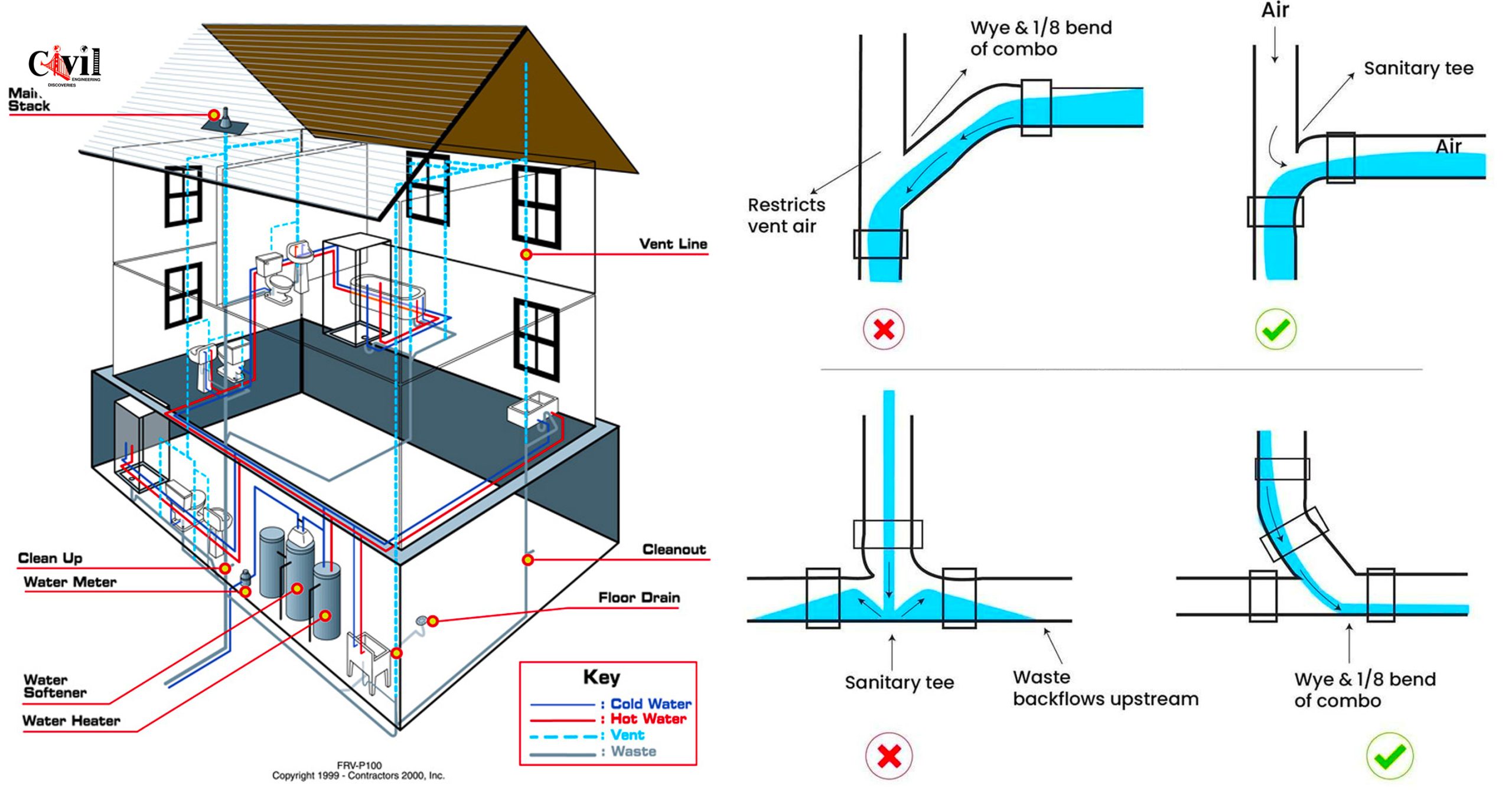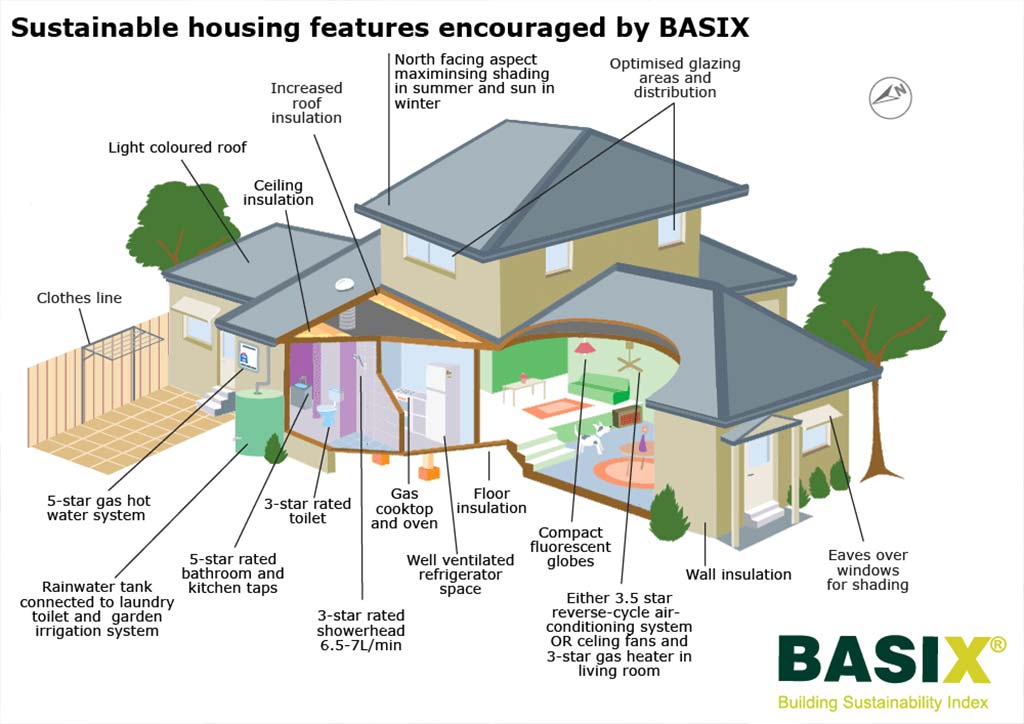Just how do you really feel on the subject of Understanding Your Home's Plumbing Anatomy?

Recognizing just how your home's plumbing system functions is vital for each house owner. From providing clean water for alcohol consumption, food preparation, and showering to securely getting rid of wastewater, a properly maintained pipes system is crucial for your family's health and comfort. In this thorough overview, we'll explore the intricate network that composes your home's plumbing and offer tips on maintenance, upgrades, and taking care of common issues.
Intro
Your home's plumbing system is more than simply a network of pipelines; it's a complicated system that guarantees you have access to clean water and efficient wastewater elimination. Recognizing its elements and just how they interact can assist you stop expensive repair services and guarantee everything runs smoothly.
Basic Elements of a Pipes System
Pipes and Tubing
At the heart of your pipes system are the pipelines and tubing that carry water throughout your home. These can be made of numerous materials such as copper, PVC, or PEX, each with its benefits in terms of sturdiness and cost-effectiveness.
Components: Sinks, Toilets, Showers, and so on.
Fixtures like sinks, commodes, showers, and tubs are where water is used in your house. Comprehending how these components attach to the pipes system aids in identifying issues and intending upgrades.
Valves and Shut-off Factors
Valves control the flow of water in your plumbing system. Shut-off valves are vital throughout emergency situations or when you need to make repairs, permitting you to separate parts of the system without interrupting water flow to the whole residence.
Supply Of Water System
Key Water Line
The primary water line attaches your home to the municipal water system or a personal well. It's where water enters your home and is dispersed to various components.
Water Meter and Stress Regulator
The water meter procedures your water use, while a stress regulator guarantees that water moves at a secure pressure throughout your home's pipes system, preventing damages to pipelines and fixtures.
Cold Water vs. Warm water Lines
Comprehending the difference in between cold water lines, which supply water straight from the major, and hot water lines, which bring warmed water from the water heater, assists in repairing and preparing for upgrades.
Drain System
Drain Pipes Pipes and Traps
Drain pipelines carry wastewater away from sinks, showers, and commodes to the sewer or septic system. Traps protect against drain gases from entering your home and likewise trap particles that might create blockages.
Air flow Pipes
Air flow pipelines enable air into the drain system, protecting against suction that could slow down water drainage and create traps to vacant. Proper ventilation is important for keeping the integrity of your pipes system.
Relevance of Appropriate Water Drainage
Making certain appropriate drainage stops backups and water damage. Frequently cleaning up drains pipes and preserving traps can avoid expensive repair services and expand the life of your pipes system.
Water Heating Unit
Sorts Of Hot Water Heater
Water heaters can be tankless or typical tank-style. Tankless heating systems warmth water on demand, while tanks keep warmed water for prompt use.
Updating Your Pipes System
Factors for Updating
Updating to water-efficient components or changing old pipelines can enhance water high quality, decrease water bills, and boost the worth of your home.
Modern Pipes Technologies and Their Advantages
Check out innovations like wise leak detectors, water-saving toilets, and energy-efficient hot water heater that can save cash and decrease environmental effect.
Expense Considerations and ROI
Determine the in advance costs versus lasting financial savings when taking into consideration pipes upgrades. Several upgrades pay for themselves with decreased utility costs and fewer repair services.
Exactly How Water Heaters Attach to the Plumbing System
Recognizing exactly how hot water heater link to both the cold water supply and hot water distribution lines aids in detecting problems like inadequate warm water or leaks.
Maintenance Tips for Water Heaters
Consistently purging your hot water heater to eliminate sediment, examining the temperature setups, and examining for leakages can expand its life-span and boost power effectiveness.
Typical Plumbing Issues
Leaks and Their Causes
Leakages can take place as a result of maturing pipes, loose fittings, or high water pressure. Resolving leaks quickly prevents water damage and mold and mildew development.
Obstructions and Obstructions
Blockages in drains and commodes are usually brought on by purging non-flushable products or an accumulation of oil and hair. Making use of drainpipe screens and bearing in mind what decreases your drains can protect against blockages.
Indications of Plumbing Troubles to Look For
Low water pressure, slow-moving drains, foul odors, or abnormally high water expenses are signs of potential pipes troubles that must be attended to without delay.
Pipes Maintenance Tips
Normal Assessments and Checks
Arrange yearly plumbing evaluations to catch concerns early. Try to find signs of leakages, rust, or mineral buildup in taps and showerheads.
DIY Upkeep Tasks
Easy jobs like cleansing faucet aerators, looking for commode leaks using color tablets, or protecting exposed pipelines in cold climates can prevent significant pipes problems.
When to Call a Professional Plumber
Know when a pipes problem requires specialist competence. Trying complicated repairs without appropriate knowledge can result in more damages and greater repair work expenses.
Tips for Reducing Water Use
Simple routines like repairing leakages promptly, taking shorter showers, and running full tons of washing and dishes can preserve water and lower your energy costs.
Eco-Friendly Plumbing Options
Think about lasting pipes materials like bamboo for floor covering, which is durable and environmentally friendly, or recycled glass for counter tops.
Emergency situation Readiness
Steps to Take Throughout a Pipes Emergency
Know where your shut-off shutoffs lie and just how to turn off the water supply in case of a ruptured pipeline or significant leakage.
Importance of Having Emergency Calls Helpful
Keep contact info for neighborhood plumbers or emergency solutions readily available for quick reaction throughout a plumbing crisis.
Ecological Influence and Preservation
Water-Saving Components and Appliances
Installing low-flow faucets, showerheads, and bathrooms can significantly decrease water use without giving up performance.
DIY Emergency Fixes (When Suitable).
Short-lived repairs like utilizing air duct tape to spot a dripping pipeline or positioning a pail under a trickling faucet can lessen damages till an expert plumbing professional gets here.
Verdict.
Recognizing the makeup of your home's pipes system equips you to preserve it efficiently, conserving time and money on repair work. By complying with routine maintenance routines and staying educated regarding contemporary plumbing technologies, you can guarantee your pipes system runs successfully for many years to come.
HOW YOUR PLUMBING SYSTEM WORKS
Which Pipes Do What?
Blue lines = fresh water supply entering the building Red lines = hot water supply entering the building Grey lines = pipes carrying waste away from the building and venting pipes carrying gases away from the building (through the roof) YOUR MAIN PLUMBING SYSTEMS
There are two main plumbing systems that support your home s basic plumbing needs one that brings clean water into your home, and one that sends dirty water away from your home. Connected to the toilet, bath, shower, and other faucets in your home, these two systems keep your water flowing in the right directions.
ACCESSING FRESH WATER
Fresh and clean water is brought into your home through the main water supply line . Filtered through one pipe, this water is pressured to flow into the various fixtures in your home at any given time.
This water can be sourced from a well located on your property, a pond or river (mostly cottages), or, as in most cases, from the city s municipal water treatment centre. However, it is important to note that water that is untreated, such as the water siphoned from ponds or rivers, may not be safe to drink. Personal water supplies always need to be treated for hardness and contaminants before consumed.
MUNICIPAL WATER SUPPLIES
Improve taste and odour Remove sediment Eliminate hardness Reduce chlorine COLD WATER SUPPLY VS. HOT WATER SUPPLY
Cold water flows into your home or building through the service line, which then distributes hot or cold water to your fixtures. This line is most commonly run through a central column that runs floor to floor. Hot water runs in short and straight pipes as the longer the pipeline, the more heat that will be lost in the transfer. Having shorter pipes also allows residents to access hot water more quickly.
WASTE WATER SYSTEM
Your wastewater system is divided into two parts pipes that send wastewater away from your home and venting pipes that send sewer gas away from your home. Sewage water travels through pipes that flush the water and waste towards local sewers that are operated and managed by your city or town. Most sewer systems rely on gravity to move the wastewater to where it needs to go.
The further away from your toilet or sink, the larger wastewater pipes become. This allows for waste to be disposed of from various parts of your home or business at once without pipe blockages. The angle and flow of these pipes are also essential for keeping your waste pipes clear of build up.
https://harrisplumbing.ca/how-your-home-plumbing-system-works/

I was made aware of that editorial on Plumbing Installation 101: All You Need to Know from a pal on another web blog. Liked our entry? Please quickly share it. Let others locate it. I take joy in reading our article about The Inner Workings of Your Home's Plumbing.
Make An Appointment